Sunglasses not only offer style but they offer protection from damaging ultraviolet radiation. Quality sunglasses are more expensive and worth it because of the premium optics, coatings, frames and style.
 The optics of your sunglasses determine the clarity and comfort of vision. Polarized lenses like Maui Jim minimize glare and reflections.
The optics of your sunglasses determine the clarity and comfort of vision. Polarized lenses like Maui Jim minimize glare and reflections.
Sunglass lens treatments increase visibility and comfort. Backside anti-reflective coatings reduce glare from behind and repel water and dust. A mirror coating further reflects annoying light and glare.
Well-made frames start with quality materials that resist breakage and bending. The weight and balance of the frame is important for comfort as well.
Frames are styled for specific sports or can be highly fashionable. The details may include flexible hinges, variable color combinations and wrap styling. 
Don’t skimp on your sunglasses. You deserve the best comfort, protection and style.

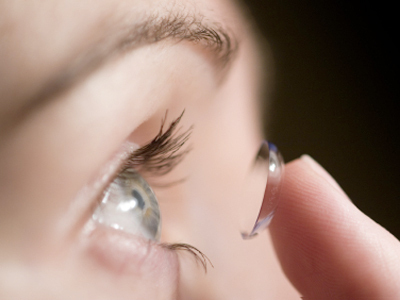

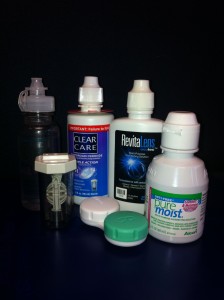
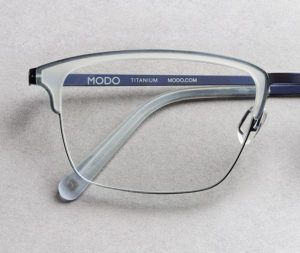
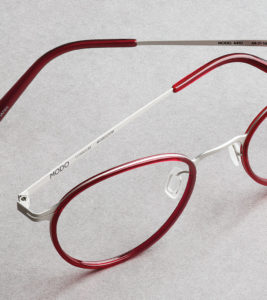
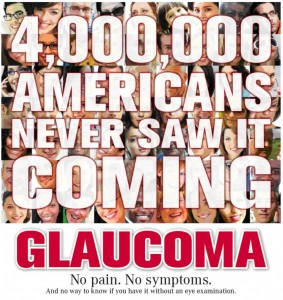

 Sunglasses are important for preventing keratitis (a burn on the cornea surface) and aging effects such as cataracts,
Sunglasses are important for preventing keratitis (a burn on the cornea surface) and aging effects such as cataracts,  is dangerous too.
is dangerous too.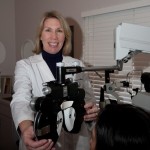
 So what does this have to do with eyeballs? Unfortunately smoking contributes to many ocular conditions such as cataracts,
So what does this have to do with eyeballs? Unfortunately smoking contributes to many ocular conditions such as cataracts,